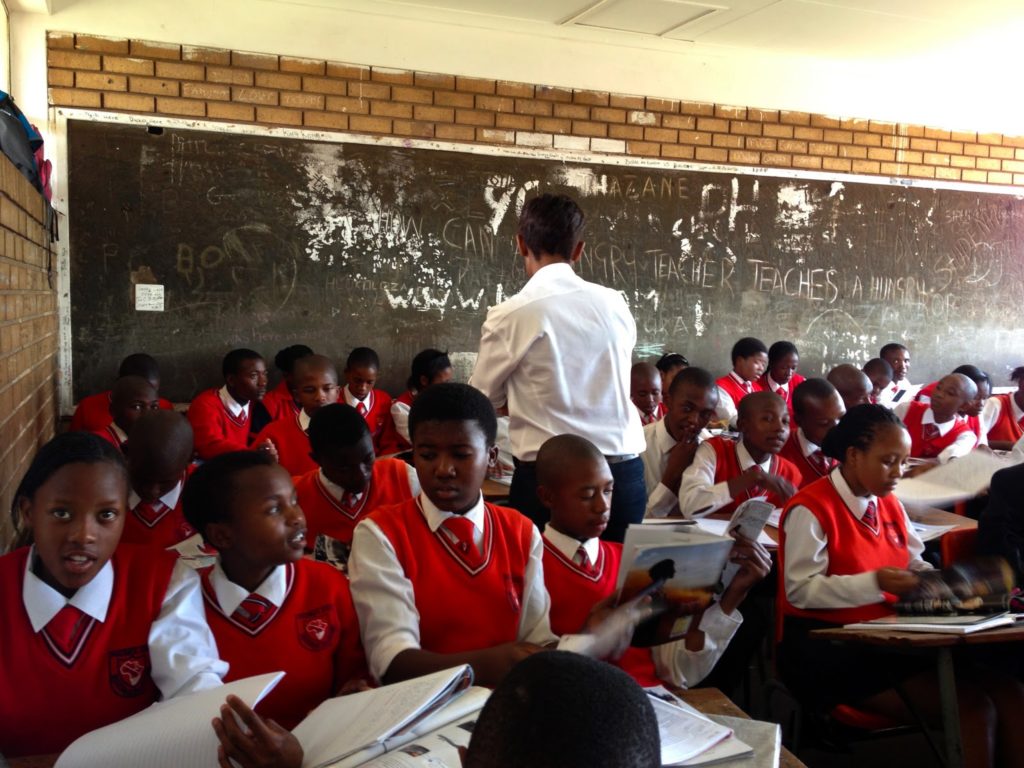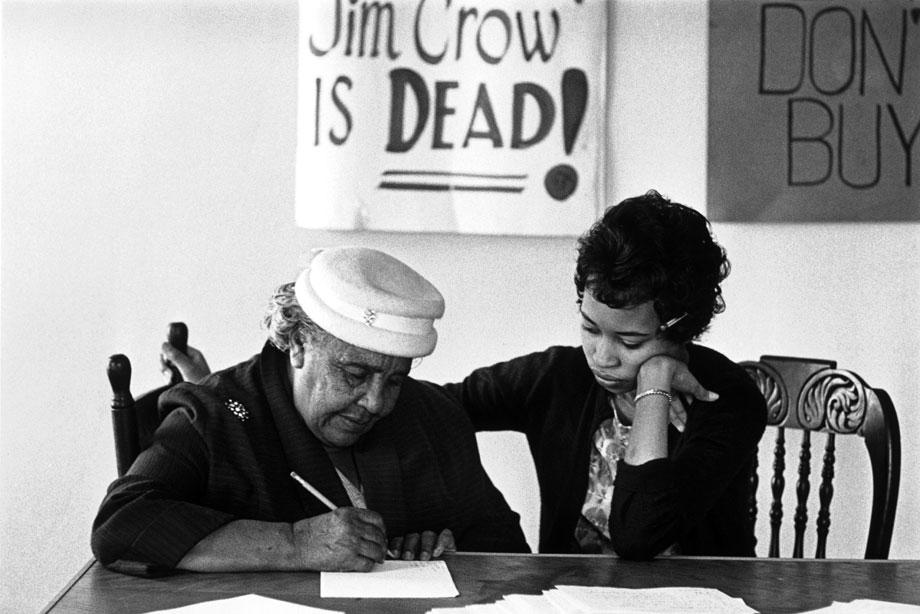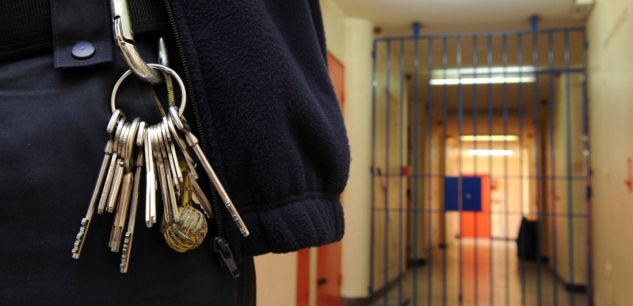“We mean business, and we really are serious. We are just tired of being disempowered, being talked to like little children.”
In Namibia last week, Police Inspector General Sebastian Ndeitunga issued a ban on miniskirts. He warned women that too short and revealing clothes are not African. He acknowledged that in Namibia there’s something called a Constitution, but then went on to explain that “culture” trumps constitutional rights. He then warned that wearing clothes that are too revealing would lead to arrest.
The Namibia Press Agency reports that 40 women were arrested, over the festive season, for wearing “hot-pants.” The women were held in custody overnight and then released to their parents, with lectures on public indecency. As the Police Inspector explained, “I don’t want to prescribe how people should wear, even if it’s new fashion style, it should be within our tradition.”
While women have been threatened with arrest for wearing miniskirts, it has been noted that no men have been threatened with arrest for wearing sagging pants. Apparently `culture’ and `tradition’ only `protect’ women.
Not surprisingly, the women rejected the ban, and even more its political context, vociferously and boisterously. Women’s organizations filed protests. Women, and men, wrote in opposition. Women and men organized public demonstrations. Finally, the Inspector General claimed, predictably, that he had been misquoted. The actual arrests of women in hot pants can’t be brushed away quite so conveniently.
Namibian women understand “culture” and “tradition” and know that assaults on their clothing are never what they seem. Banning the miniskirt, of course, is itself a long and often violent tradition. Edith Head banned the miniskirt from the Academy Awards. (Somewhere Seth MacFarlane is singing, “We saw your knees”, and it’s still not funny.) At various times, the governments of Swaziland, Russia, and the Democratic Republic of Congo have outlawed or come close to outlawing miniskirts. In recent years, women wearing miniskirts have been attacked because of their attire in Zimbabwe, Malawi, and South Africa.
In each case, the women rose, organized, and attacked, because in each case, the women understood that the attack on their clothes was an attack on their bodies and themselves.
In the recent past, Namibian women have been organizing, working at the unfinished business of creating national and local democracy. Herero and Nama women have been organizing for the rights and realities of indigenous populations as they have organized to increase the presence and power and expand the rights of Herero and Nama women. Namibian women farmers have been organizing and developing sustainable agriculture political economies. And Namibian women, who were forcibly sterilized, without their consent, have been organizing, organizing, organizing, and gaining ground.
When Namibian women heard of the Inspector General’s remarks, they understood the context immediately: sexual violence. Namibian women know about the sexual harassment, violence and threats they often face, for example at taxi ranks, and they know it has nothing to do with their clothing. Namibian women know about rape and other forms of sexual assault, including what gets called “corrective punishment”. They know about the everydayness of date rape. They know about the often-limited access to sexual and reproductive health services, and the severe restrictions concerning abortion, and they know that lack of access and prohibition is part of a structure of violence against women. HIV-positive women know about the reproductive and sexual rights violations they suffer repeatedly, and in particular in doctors’ offices, clinics and hospitals. Women know they are tired partly because all matters of contraception and family planning are left to them. They take the burden and the blame.
They know all that. They know the miniskirt is a diversion, on one hand, and serious, on the other.
And they said as much at the protest rally in Windhoek:
“There is no excuse to rape a woman, no excuse, no matter what she wears.”
The women of Namibia refused to be limited to a discussion of clothing, of mini this and hot that. Instead, they put the issue forward directly and squarely. As one placard said, “Rape is not NAMIBIAN.”
(Video Credit: OATV News / YouTube)






